The memorial park for teachers and students who died at the Ma River dike on June 14, 1972, located in Nam Ngan ward (Thanh Hoa city), has long been an attractive cultural tourist destination, a historical "witness" to an "unforgettable" time.
Tourists visit and offer incense at the Memorial Park for teachers and students who died at the Ma River dike.
During the resistance war against the US to save the country, Ham Rong - Ma River had an extremely important strategic position, considered the "throat" of traffic and became the target of attack by the US Air Force. In the rainy season of 1972, the Ma River water level rose, while the Ma River dike was severely damaged, with a great risk of dike failure causing flooding. To ensure the vital traffic route serving the southern battlefield and prevent and combat floods, Thanh Hoa mobilized emergency forces to build up the weak Ma River dike section from Nam Ngan to Ham Rong.
At the fateful moment, around 9:10 a.m. on June 14, 1972, at the Ma River dike construction site, about 1km from Ham Rong Bridge, the force present at the construction site was more than 2,000 people working when American planes suddenly appeared and dropped bombs, turning the construction site into a battlefield. There were 64 teachers and students of the Medical School, Thanh Hoa 7+3 Pedagogical School, Dong Son laborers and a number of high schools in the town at that time who sacrificed, including 55 women and 9 men; 96 others were seriously injured, 187 people were slightly injured, 8 people were missing. This was the most tragic day of the Ham Rong - Nam Ngan area in the resistance war against the US to save the country. The event of 64 teachers and students sacrificing their lives left many emotions for generations of Thanh Hoa people.
Coming to Thanh Hoa City today, people and tourists not only feel the transformation of a land known as "a hero in the rain of bombs and bullets", but also visit the relic complex with many meaningful works, typically the Memorial Park for teachers and students who sacrificed their lives at the Ma River dike, 2.05 hectares wide (the area inside the dike is 1.15 hectares; the area outside the dike is 0.9 hectares) designed to create a unified space, the architectural and landscape items are linked to complement each other to promote the value of the sacred memorial space.
The temple is designed in the traditional architectural form, with a "T" shaped layout including the front hall and the back hall. The front hall has five compartments, two roofs, eight eaves, cornices, and eight roofs. The truss frame is made of ironwood, carved with late Nguyen Dynasty patterns, carved with tiles, etc. The floor is paved with bricks; the steps and the foundation are made of green stone. The walls on both sides are built with plastered bricks, painted light gray; the wall behind the front hall is made of large blocks of natural granite, the inside of the wall is carved with reliefs and decorated with steles recording the names of teachers and students who sacrificed their lives. The front of the house at the main column position is a system of doors and silk-framed walls made of ironwood. Here, a path for the disabled is designed, the road is paved with green stone, the surface is roughened, the handrail is made of green stone.
The rear palace is shaped like a mallet handle, the truss frame is made of ironwood, carved with Nguyen Dynasty patterns. The floor is paved with bricks, the foundation is made of green stone, the surrounding walls are built of bricks, plastered, and painted light gray.
The entire roof is covered with fish-tail tiles and longevity tiles. The purlins, crossbeams, roof beams, purlins, and purlins are made of ironwood. The ridge and eaves are built of bricks and plastered with light gray paint; the ridges, gutters, and ridge clamps are decorated with bricks and mortar.
Arrange the altar and decorate the interior according to traditional worship customs. The main worship place is the altar made of jackfruit wood (phoenix altar) lacquered with gold, inside the altar is a throne and a memorial tablet. The altar is placed on a lim wood platform, in front of the altar is a table for offerings. The front hall in the middle is a communal altar including a traditional lim wood incense table lacquered with gold, on the altar are incense bowls, candlesticks, three mountains, trays, vases, flower vases, incense tubes...
Looking across Nam Song Ma Avenue to the bank of the Ma River is an 18m high monument. The pedestal is 5.25m high, the monument is 12.75m high. The monument's surface measures 7.85m x 12.72m. The monument is made of ivory white granite.
The monument is inspired by the condensation of historical values of the site with 7 characters - representing the characteristics of the basic content of history, with different postures of teachers and students in the process of building the dike during the US air raid on June 14, 1972. Auxiliary works such as the area recreating Nam Ngan village, the flower lantern release dock, the landscape and the Mother Goddess temple.
As the unit receiving and managing the Memorial Park for teachers and students who sacrificed at the Ma River dike, Director of the Ham Rong Historical - Cultural Relic Management Board Le Thi Minh Tam said: “On the heroic land of Ham Rong - Nam Ngan, along with a cluster of historical relics and scenic spots in the area such as Ham Rong Bridge, Ngoc Mountain, C4 Hill battlefield, "Quyet Thang" Hill, the Youth Volunteer Monument, the Temple of Heroic Vietnamese Mothers and Martyrs, the artillery battlefield of the Command Center of Mat Da Pagoda... promoting the value of the Memorial Park for teachers and students who sacrificed on June 14, 1972 at the Ma River dike is even more important in propaganda, education to raise political awareness, spread the spirit of love for the homeland, the country, cherish and preserve today's peace and independence for cadres, party members, and the masses. The unit is doing a good job of caring for and preserving the space, works, and historical documents about teachers and students. "We will pay tribute to the martyrs who sacrificed their lives at the Ma River dike, and at the same time promote propaganda, reception, and promotion... to promote the great spiritual value of the memorial park."
Linh Huong
Source: https://baothanhhoa.vn/huong-toi-ky-niem-60-nam-ham-rong-chien-thang-chung-nhan-lich-su-cho-mot-thoi-khong-the-nao-quen-243821.htm





![[Photo] Closing of the 11th Conference of the 13th Central Committee of the Communist Party of Vietnam](https://vstatic.vietnam.vn/vietnam/resource/IMAGE/2025/4/12/114b57fe6e9b4814a5ddfacf6dfe5b7f)

![[Photo] Overcoming all difficulties, speeding up construction progress of Hoa Binh Hydropower Plant Expansion Project](https://vstatic.vietnam.vn/vietnam/resource/IMAGE/2025/4/12/bff04b551e98484c84d74c8faa3526e0)









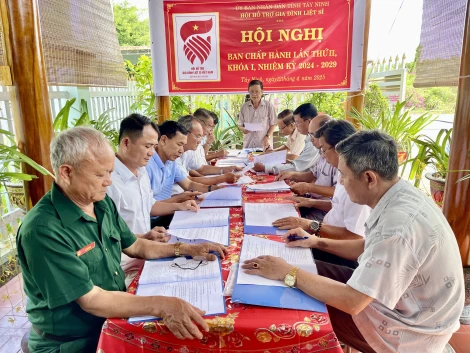


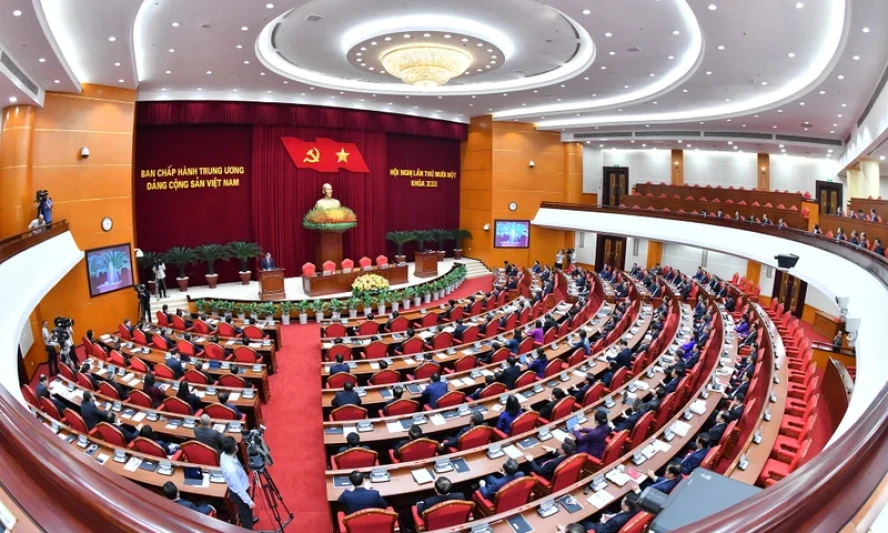




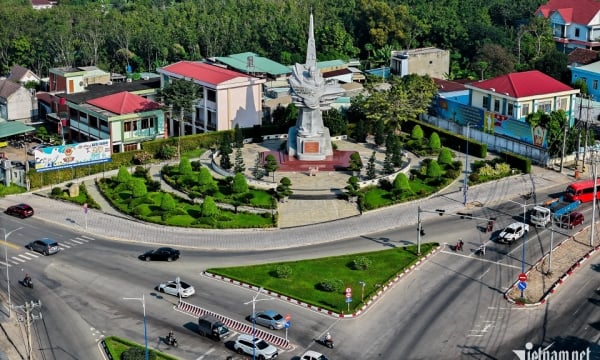



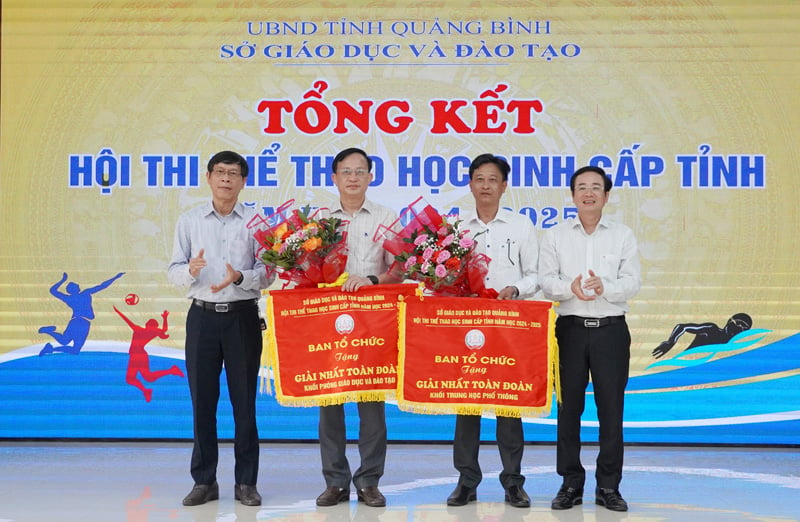
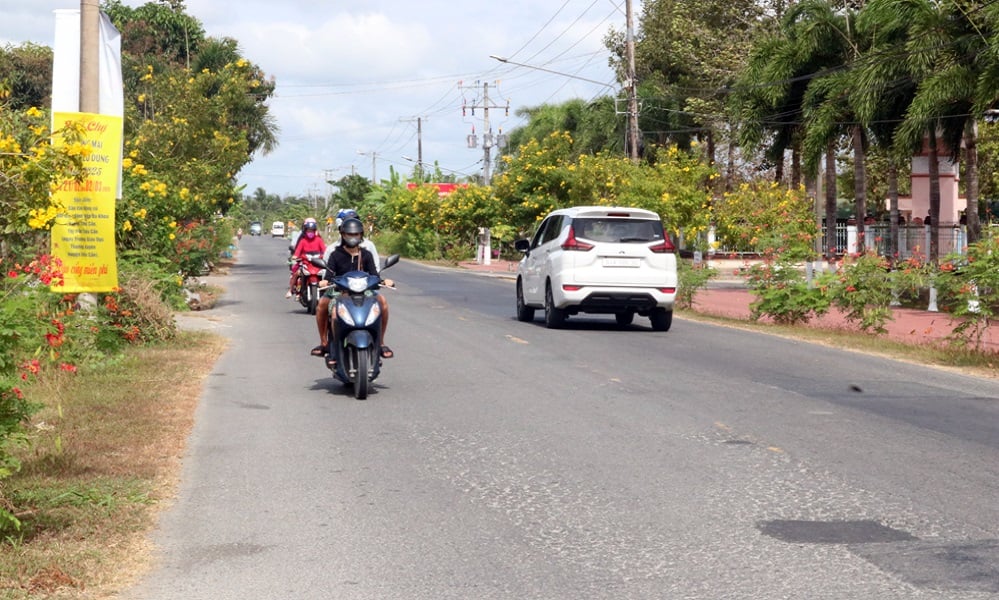















































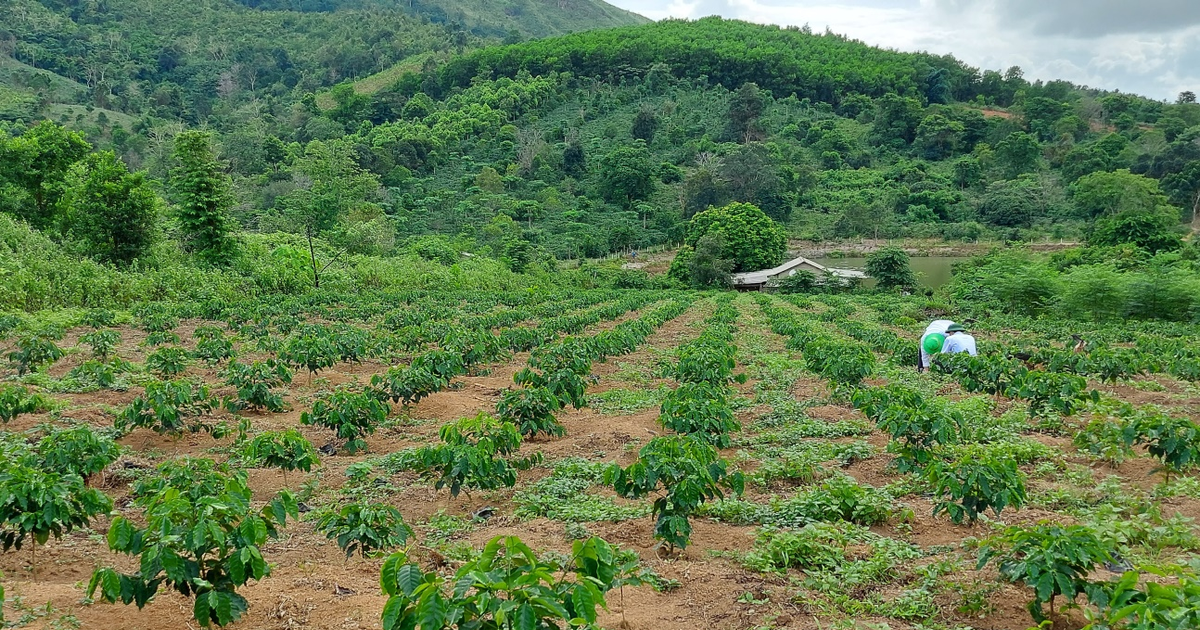

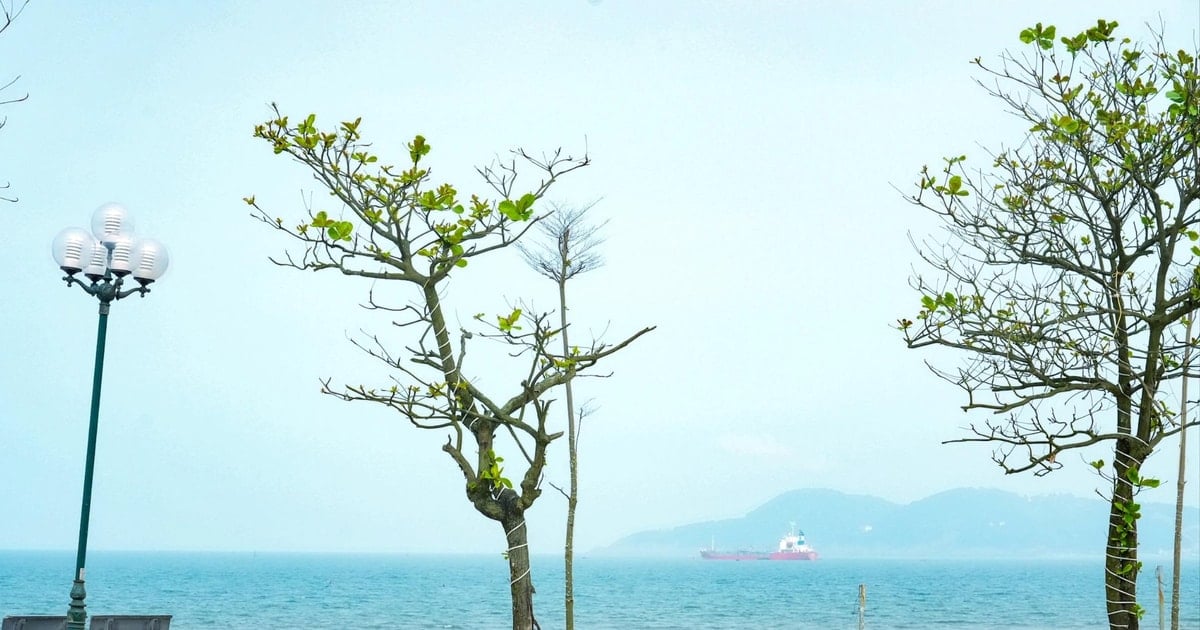


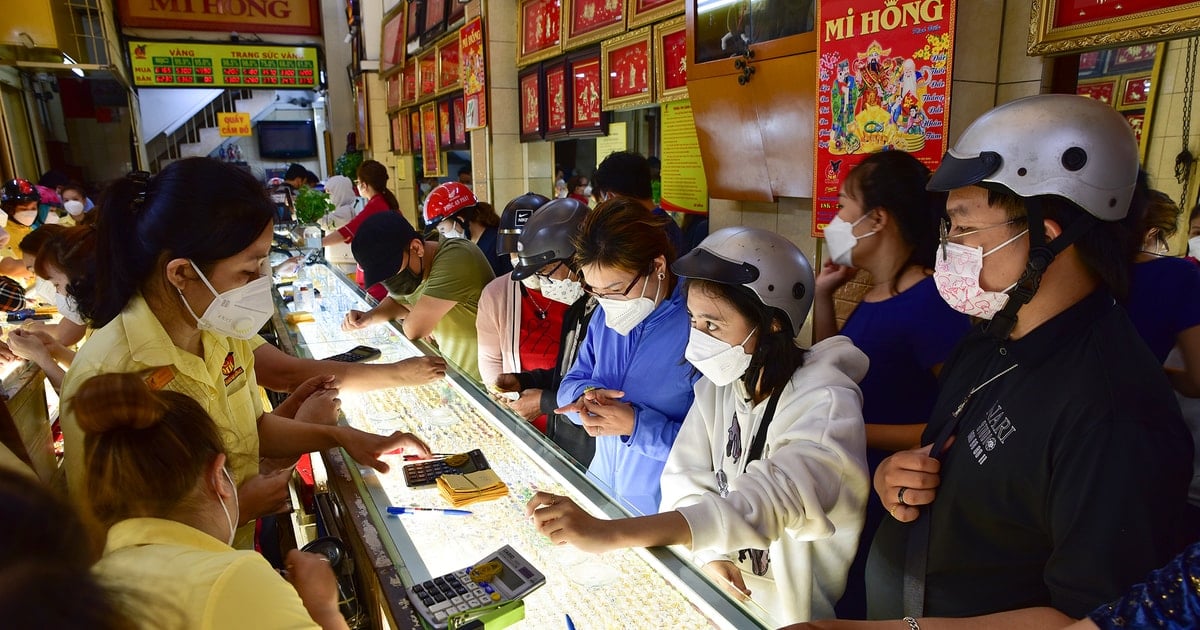











Comment (0)